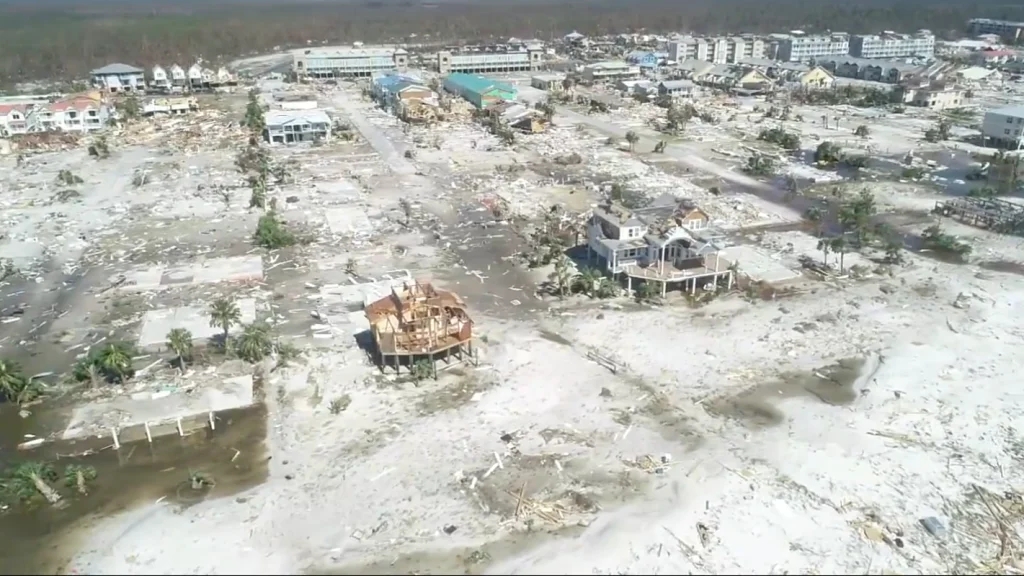Hurricane Helene, which made landfall in Florida’s Big Bend region as a Category 4 storm on Thursday night, has left a trail of destruction across the Southeast, setting records and reigniting conversations about climate change. Helene’s unprecedented size, rapid intensification, and the catastrophic damage it wrought have made it one of the most powerful hurricanes ever to hit the region, and its impact may force climate change skeptics to reconsider their stance.
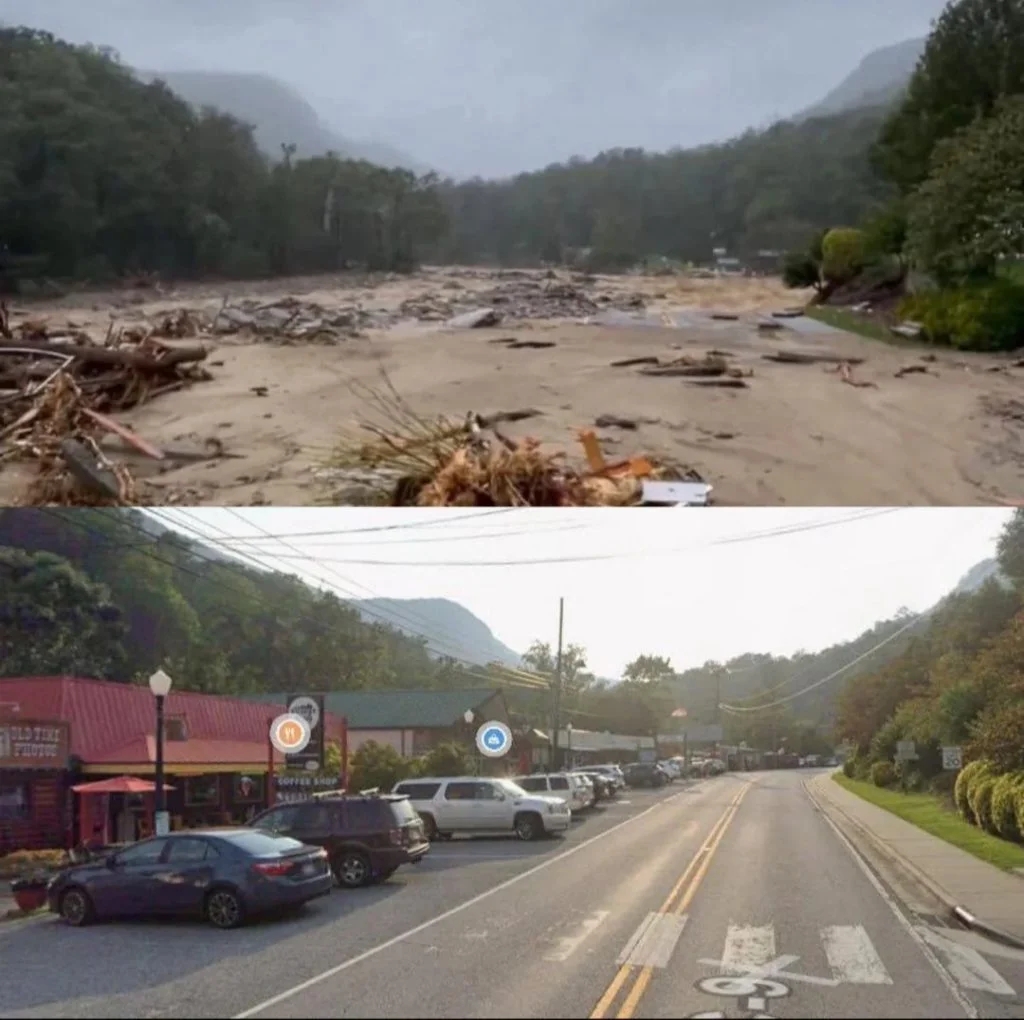
Unprecedented Impact and Loss of Life
As of Sunday morning, at least 64 people across Florida, Georgia, the Carolinas, and Virginia had lost their lives due to Hurricane Helene. With over 3.7 million customers without power, the storm’s aftermath is being felt across five states. South Carolina, in particular, saw the highest number of outages, with more than one million customers in the dark, and recorded 23 deaths—the deadliest hurricane in the state since Hurricane Hugo in 1989.
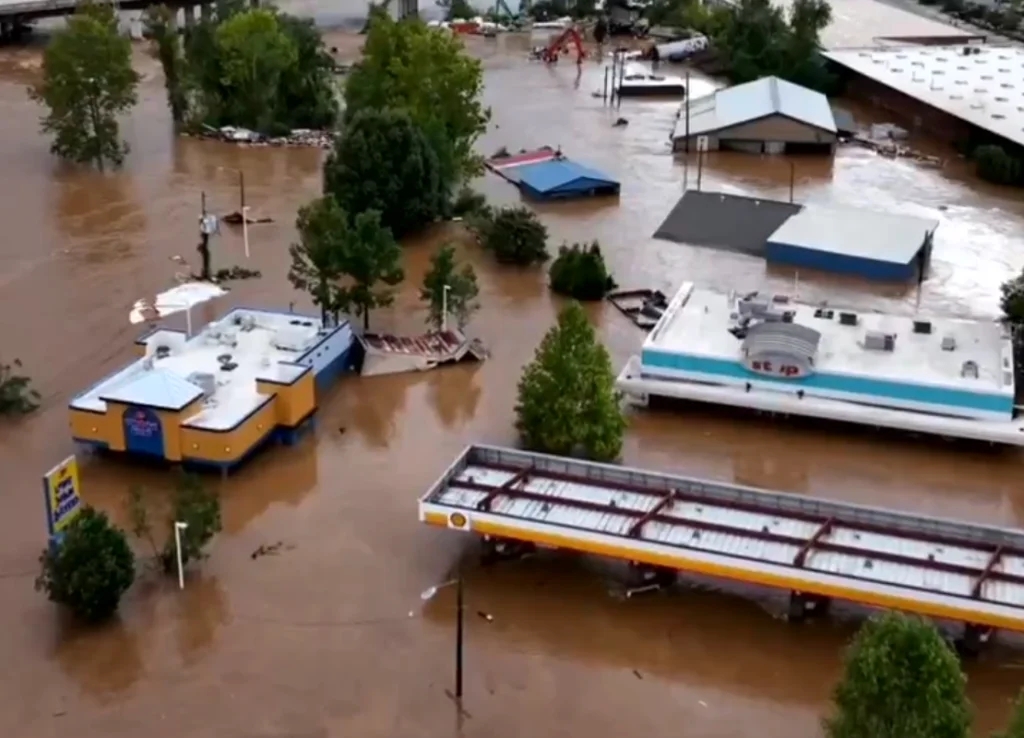
Governors in the affected states declared states of emergency as floodwaters surpassed historical records, overwhelming infrastructure and paralyzing communities. In North Carolina, Governor Roy Cooper called Helene “one of the worst storms in modern history,” as flood levels eclipsed those of the Great Flood of 1916.
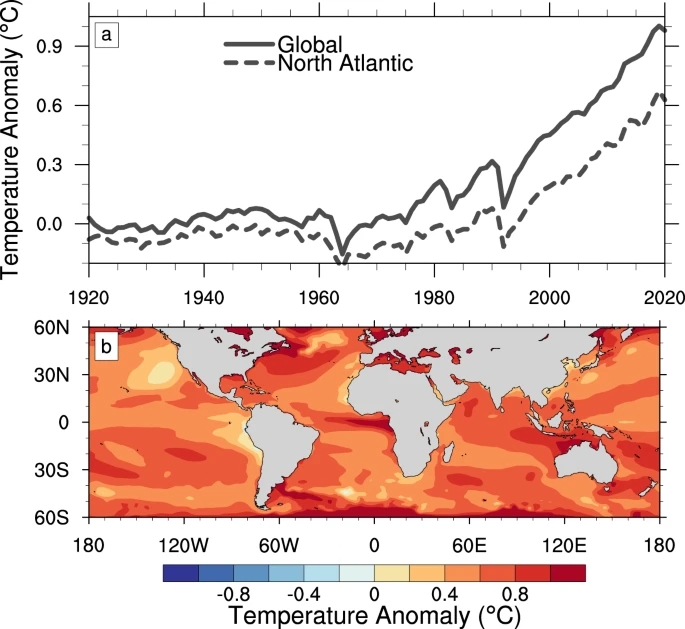
Record-Breaking Floods and Winds
Helene’s torrential rainfall led to severe flooding across several rivers, surpassing historic records. In South Carolina, the Reedy River reached a peak of 16.19 feet, a significant rise from its usual 1.1 feet. The Saluda and Broad rivers experienced their highest flood levels since the 1949 Saluda River flood, with water levels peaking at 20.23 feet and 26.23 feet, respectively. The highest rainfall total was recorded near Rocky Bottom in northern Pickens County, where 21.66 inches of rain accumulated.

Wind speeds added to the devastation, with gusts reaching up to 73 mph at Sassafras Mountain and 72 mph in Anderson, South Carolina. Downtown Greenville was also battered by winds up to 64 mph, while Clemson recorded speeds of 66 mph. These high winds, combined with the immense rainfall, crippled cities and towns across the region.
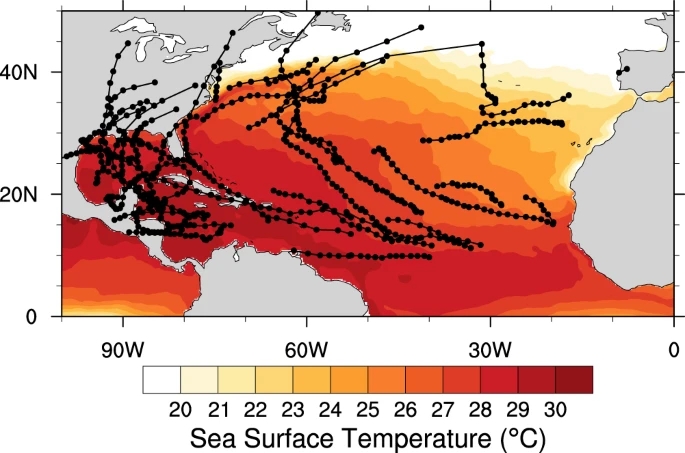
Economic Toll of the Storm
The total economic loss from Hurricane Helene is estimated between $95 billion and $110 billion, making it one of the costliest hurricanes in U.S. history. Property damage alone could amount to $15 billion to $26 billion, according to Moody’s Analytics. AccuWeather’s preliminary damage estimates further emphasize the immense financial impact of Helene’s wrath, with rebuilding efforts expected to stretch across months, if not years.
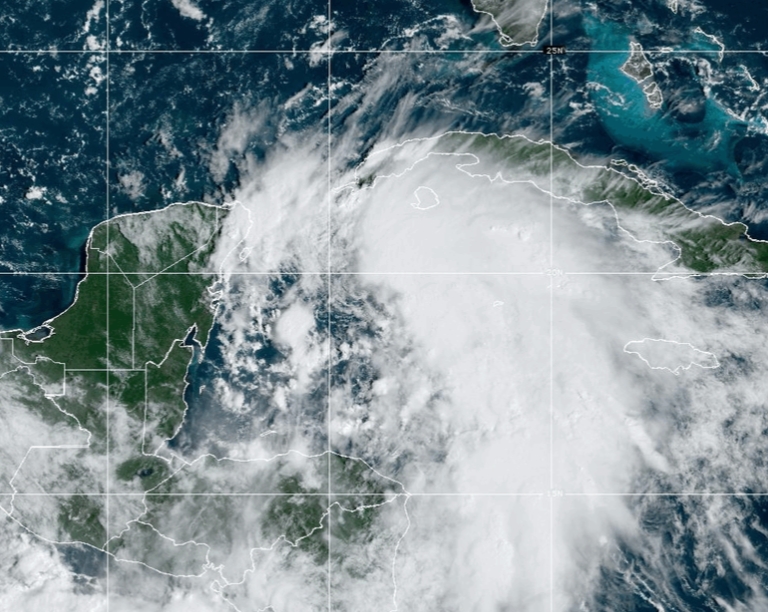
The Climate Change Factor: Helene’s Rapid Intensification
What makes Hurricane Helene particularly alarming is its rapid intensification over record-hot ocean waters, a direct consequence of climate change. Warmer sea surface temperatures have been linked to increased moisture in storms, contributing to stronger winds and more torrential rains. Helene’s sudden intensification is part of a broader trend—research shows that the most damaging U.S. hurricanes are now three times more frequent than 100 years ago. The proportion of major hurricanes (Category 3 or above) in the Atlantic has doubled since 1980, and Helene is yet another example of this alarming trend.
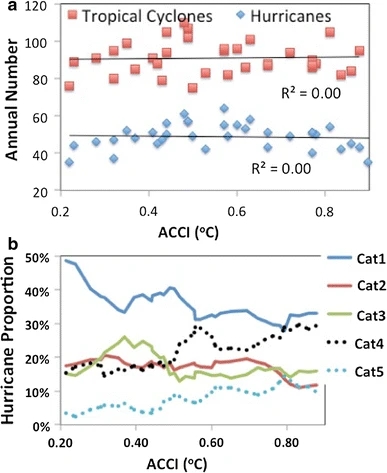
Scientists warn that the intensification of hurricanes, combined with their slower movement—also a likely consequence of climate change—means these storms are more destructive than ever. As Helene demonstrated, the slower movement allows hurricanes to drop more rain over a single area, leading to catastrophic flooding.
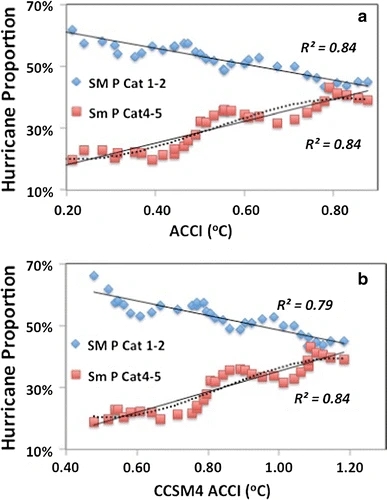
Reconsidering Climate Change Denial in the Southeast
For decades, climate change has been a divisive issue, particularly in the southeastern United States, where skepticism often runs high. However, the devastation caused by Hurricane Helene may serve as a wake-up call for many. The science is becoming increasingly clear: stronger and more frequent hurricanes are tied to the warming planet. As President Joe Biden remarked on Saturday, “The devastation we’re witnessing in Hurricane Helene’s wake has been overwhelming,” underscoring the need for urgent action.
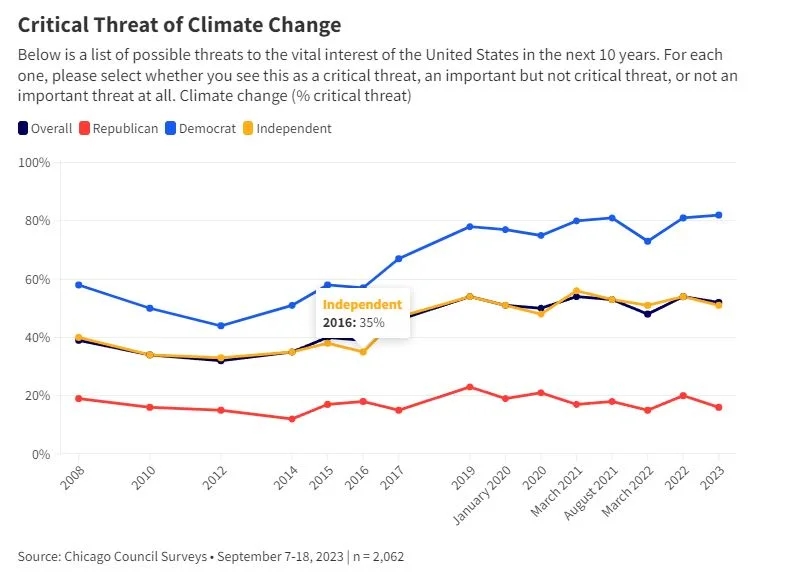
Historically, the Southeast has been a region where climate change denial has been more prevalent. Still, with the growing number of extreme weather events like Hurricane Helene, it is becoming harder to ignore the direct links between human-caused global warming and the increasing severity of natural disasters.
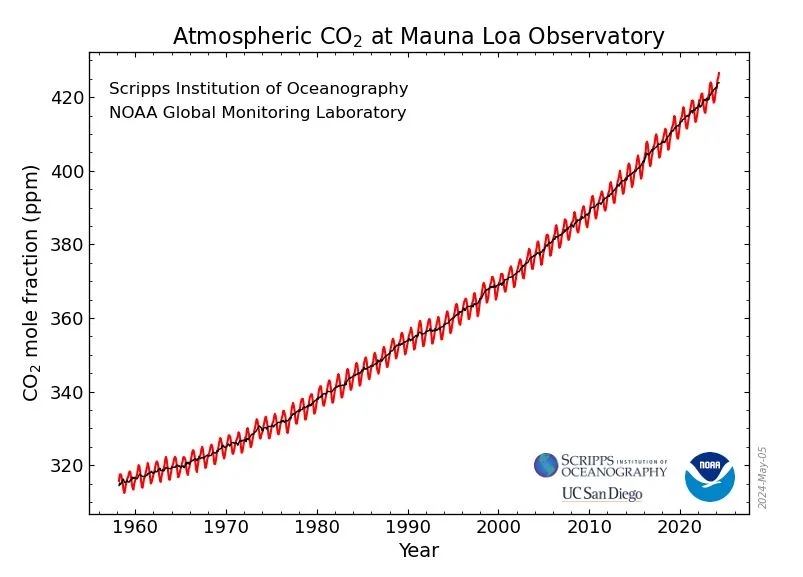
In the wake of the storm, calls for better preparedness, stronger infrastructure, and more proactive climate policies are growing. The damage caused by Hurricane Helene not only shattered records but also shattered illusions that climate change isn’t already making a significant impact. As communities across the Southeast begin the long road to recovery, the debate around climate change is likely to take on a new urgency.
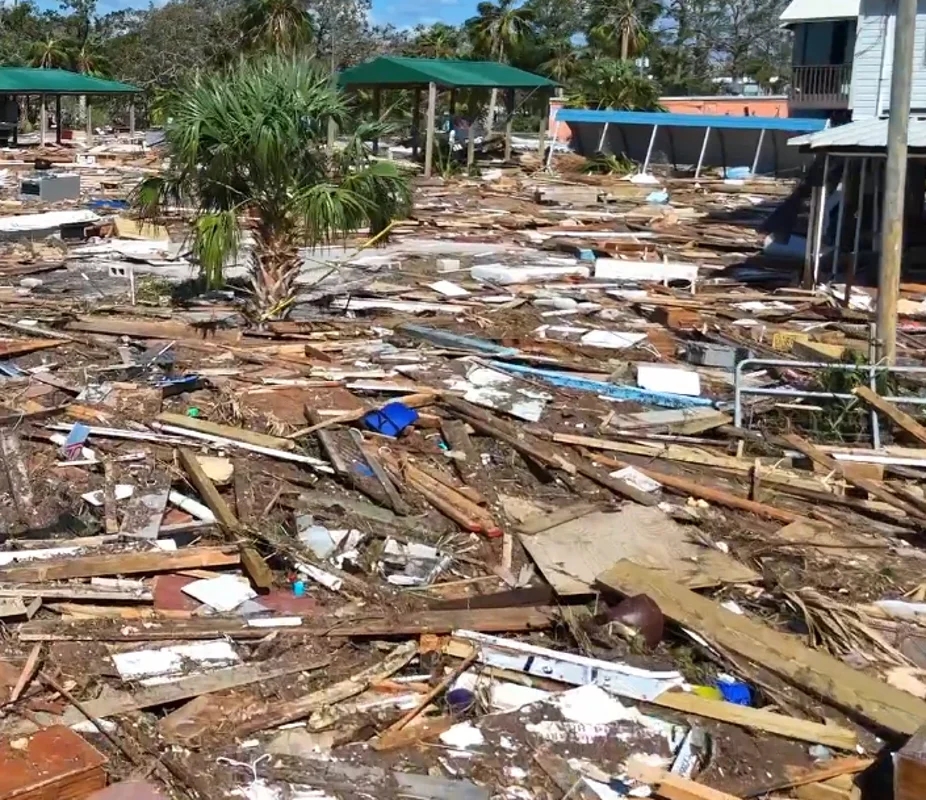
The Road Ahead
As the Southeast rebuilds from Hurricane Helene’s devastation, the need for scientific and political solutions to address the realities of climate change has never been clearer. From rising sea levels to stronger hurricanes, the evidence is mounting that climate change is reshaping life in the U.S. With over $100 billion in damages, dozens of lives lost, and entire communities upended, Hurricane Helene may be the moment that forces the Southeast—and the country as a whole—to rethink its stance on climate change and its role in fueling such catastrophic events.

In the words of North Carolina Governor Roy Cooper, “We need science more than ever to help us prepare for—and act on—climate change.” The time for action is now.


